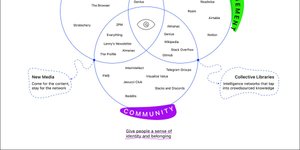The architecture of digital platforms encourage us to consume information because it’s in front of us, not because it’s relevant. On Twitter, nothing has to be remembered, studied, applied, or reflected on. It’s an environment that promotes distracted thinking and superficial learning.

